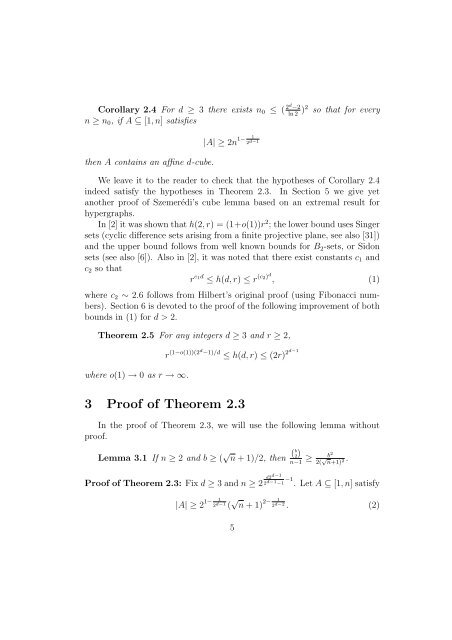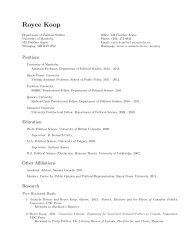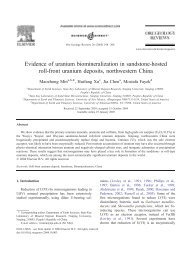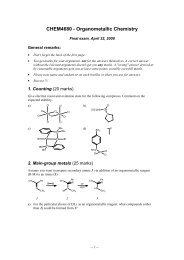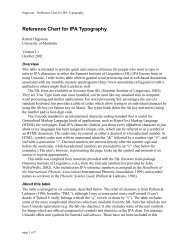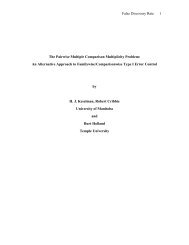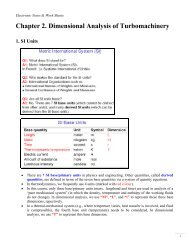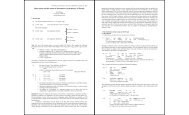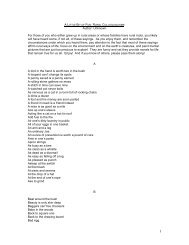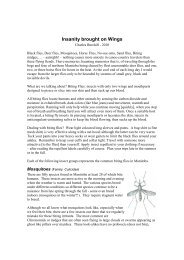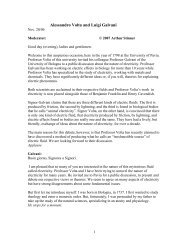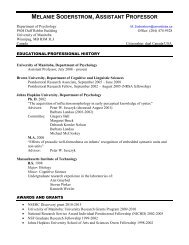Extremal problems for affine cubes of integers - University of Manitoba
Extremal problems for affine cubes of integers - University of Manitoba
Extremal problems for affine cubes of integers - University of Manitoba
You also want an ePaper? Increase the reach of your titles
YUMPU automatically turns print PDFs into web optimized ePapers that Google loves.
Corollary 2.4 For d ≥ 3 there exists n0 ≤ ( 2d −2<br />
ln 2 )2 so that <strong>for</strong> every<br />
n ≥ n0, if A ⊆ [1, n] satisfies<br />
then A contains an <strong>affine</strong> d-cube.<br />
1<br />
1−<br />
|A| ≥ 2n 2d−1 We leave it to the reader to check that the hypotheses <strong>of</strong> Corollary 2.4<br />
indeed satisfy the hypotheses in Theorem 2.3. In Section 5 we give yet<br />
another pro<strong>of</strong> <strong>of</strong> Szemerédi’s cube lemma based on an extremal result <strong>for</strong><br />
hypergraphs.<br />
In [2] it was shown that h(2, r) = (1+o(1))r 2 ; the lower bound uses Singer<br />
sets (cyclic difference sets arising from a finite projective plane, see also [31])<br />
and the upper bound follows from well known bounds <strong>for</strong> B2-sets, or Sidon<br />
sets (see also [6]). Also in [2], it was noted that there exist constants c1 and<br />
c2 so that<br />
r c1d ≤ h(d, r) ≤ r (c2) d<br />
, (1)<br />
where c2 ∼ 2.6 follows from Hilbert’s original pro<strong>of</strong> (using Fibonacci numbers).<br />
Section 6 is devoted to the pro<strong>of</strong> <strong>of</strong> the following improvement <strong>of</strong> both<br />
bounds in (1) <strong>for</strong> d > 2.<br />
Theorem 2.5 For any <strong>integers</strong> d ≥ 3 and r ≥ 2,<br />
where o(1) → 0 as r → ∞.<br />
r (1−o(1))(2d −1)/d ≤ h(d, r) ≤ (2r) 2 d−1<br />
3 Pro<strong>of</strong> <strong>of</strong> Theorem 2.3<br />
In the pro<strong>of</strong> <strong>of</strong> Theorem 2.3, we will use the following lemma without<br />
pro<strong>of</strong>.<br />
Lemma 3.1 If n ≥ 2 and b ≥ ( √ n + 1)/2, then (b 2)<br />
n−1 ≥<br />
b 2<br />
2( √ n+1) 2 .<br />
Pro<strong>of</strong> <strong>of</strong> Theorem 2.3: Fix d ≥ 3 and n ≥ 2 d2d−1<br />
2 d−1 −1 −1 . Let A ⊆ [1, n] satisfy<br />
1<br />
1−<br />
|A| ≥ 2 2d−1 ( √ 1<br />
2−<br />
n + 1) 2d−2 . (2)<br />
5


